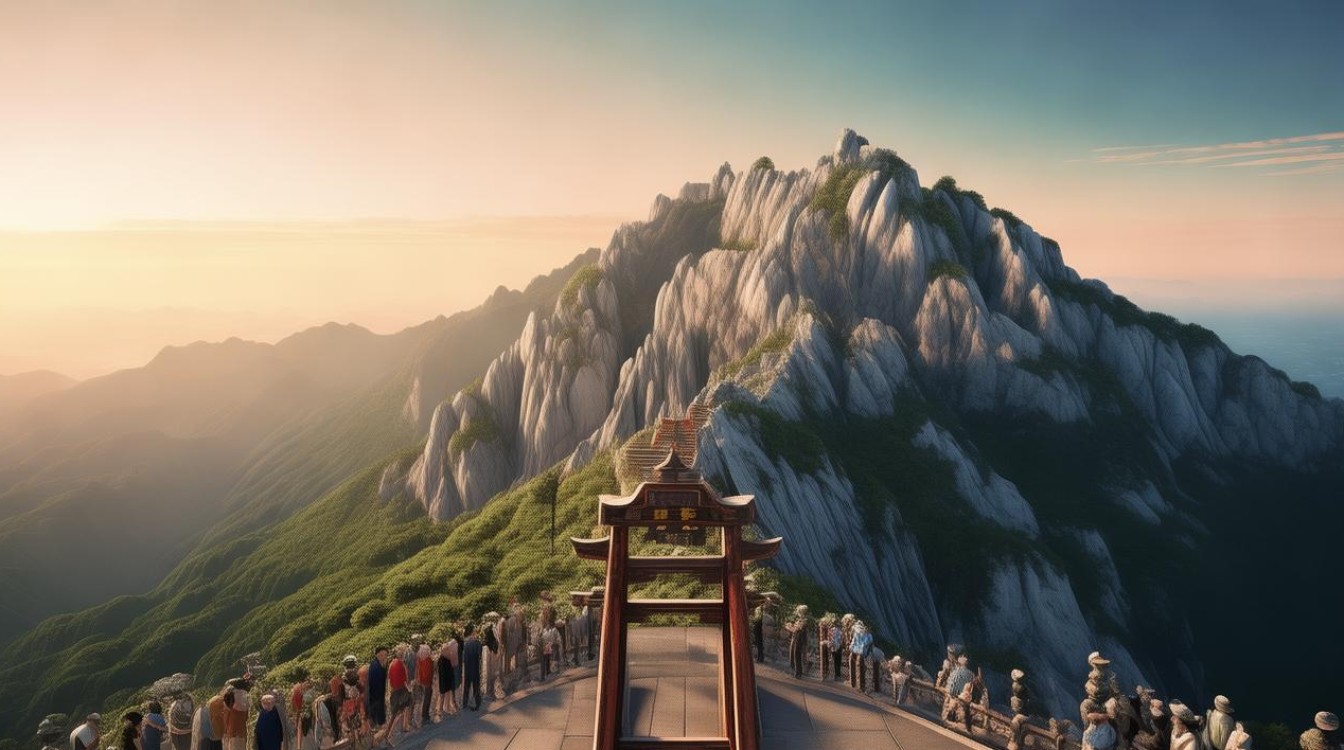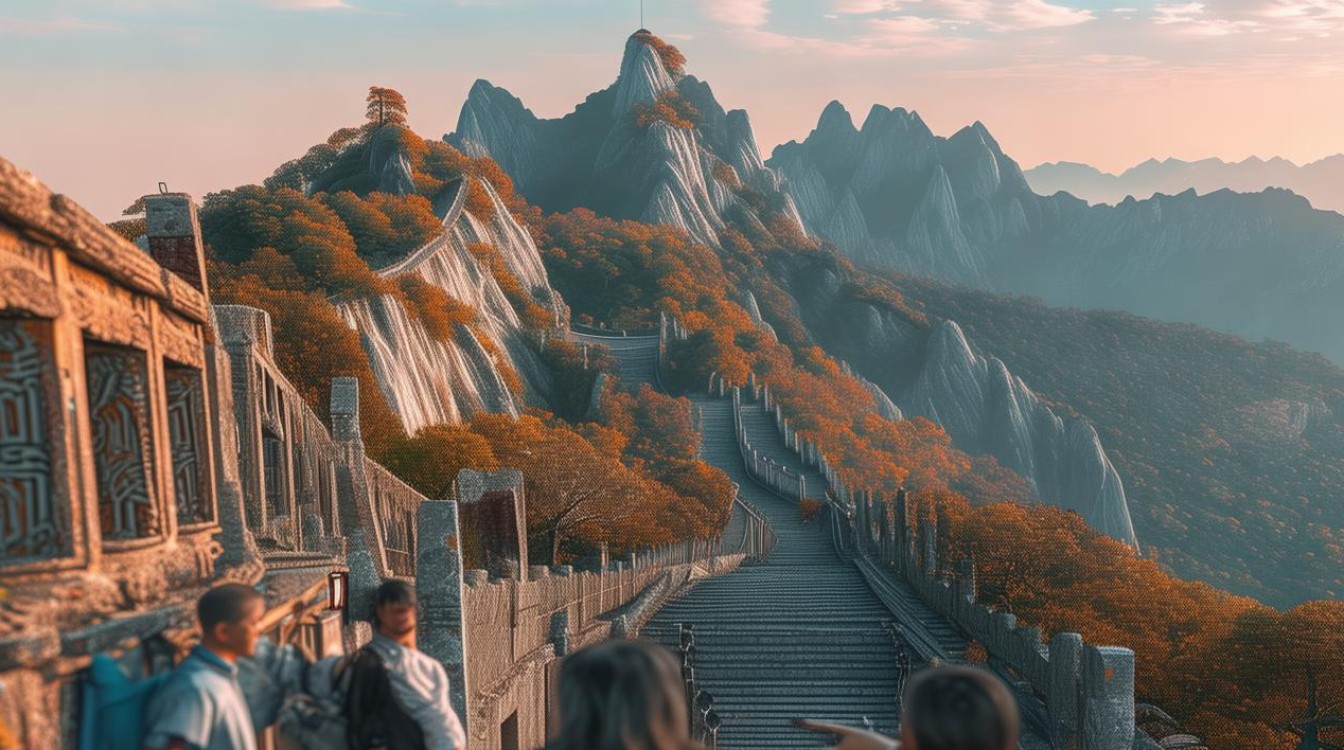Mount Tai, known as one of China’s Five Great Mountains, holds profound cultural and historical importance. For English speakers, the direct translation is straightforward: "Mount Tai" or "Tai Mountain." Both are widely accepted, with "Mount Tai" being more common in international contexts. But beyond the translation, understanding its cultural weight enriches the experience for visitors and learners alike.

The Correct English Translation of 泰山
In English, "泰山" is rendered as "Mount Tai" (or "Tai Mountain"). The term follows standard conventions for naming geographic landmarks in English, where "Mount" precedes the name (e.g., Mount Everest). The spelling "Tai" derives from the Pinyin system, China’s official romanization method. Occasionally, older texts may use "T’ai" (Wade-Giles system), but "Mount Tai" is now universally recognized.
Why Pronunciation Matters
Pronouncing "Mount Tai" correctly ensures clarity in communication. Here’s a simple guide:
- Tai: Rhymes with "eye" (IPA: /taɪ/). Avoid pronouncing it like "tie" or "tay."
For non-native speakers, practicing the correct pronunciation fosters respect for the site’s heritage. Mispronunciations, though common, can dilute the cultural connection.

Cultural and Historical Context
Mount Tai isn’t just a geographic term—it’s a symbol. Recognized as a UNESCO World Heritage Site, it embodies:
- Spiritual Significance: A sacred site in Taoism, Buddhism, and Confucianism, often called the "first mountain under heaven."
- Imperial Legacy: Ancient emperors performed Fengshan rituals here to proclaim their mandate from heaven.
- Literary Influence: Poets like Li Bai and Du Fu immortalized it in classical works.
Understanding these layers transforms "Mount Tai" from a mere name into a narrative of China’s philosophical and artistic legacy.
Common Mistakes to Avoid
- Misusing "Mountain Tai": While grammatically understandable, "Mountain Tai" isn’t conventional. Stick to "Mount Tai."
- Overlooking the Capitalization: Proper nouns like "Mount Tai" require capitalization.
- Ignoring Context: In travel guides or academic papers, always pair the name with its cultural relevance.
Mount Tai in Global Discourse
The mountain’s English name appears in:

- Travel Guides: Lonely Planet and UNESCO materials use "Mount Tai."
- Academic Research: Scholars reference it in studies on East Asian religions or geography.
- Diplomatic Contexts: Official documents, like those from the Chinese government, employ "Mount Tai."
This consistency reinforces its identity globally.
Practical Tips for Visitors
If you’re writing about Mount Tai for an international audience, consider:
- Adding a Brief Explanation: Example: "Mount Tai (泰山), a UNESCO site revered in Chinese culture..."
- Using Both Languages: For SEO and clarity: "Mount Tai (泰山)" in headers or introductions.
- Highlighting Key Attractions: The Jade Emperor Peak, Dai Temple, and sunrise views—all integral to its fame.
The Role of Mount Tai in Modern Culture
Beyond history, Mount Tai inspires contemporary art, films, and literature. Its English name bridges cultures, inviting global audiences to explore its trails and temples. For instance, documentaries like Sacred Mountains of China (BBC) feature it prominently, using "Mount Tai" to maintain authenticity.

Language as a Gateway to Heritage
Learning how to say "Mount Tai" correctly is a small but meaningful step toward appreciating its grandeur. Whether you’re a traveler, student, or culture enthusiast, using the right term shows respect for its millennia-old legacy.
Mount Tai stands as a testament to nature’s majesty and human devotion. Its name, in any language, echoes the reverence it commands. For those planning a visit or writing about it, remember: "Mount Tai" isn’t just a translation—it’s an invitation to witness history.



